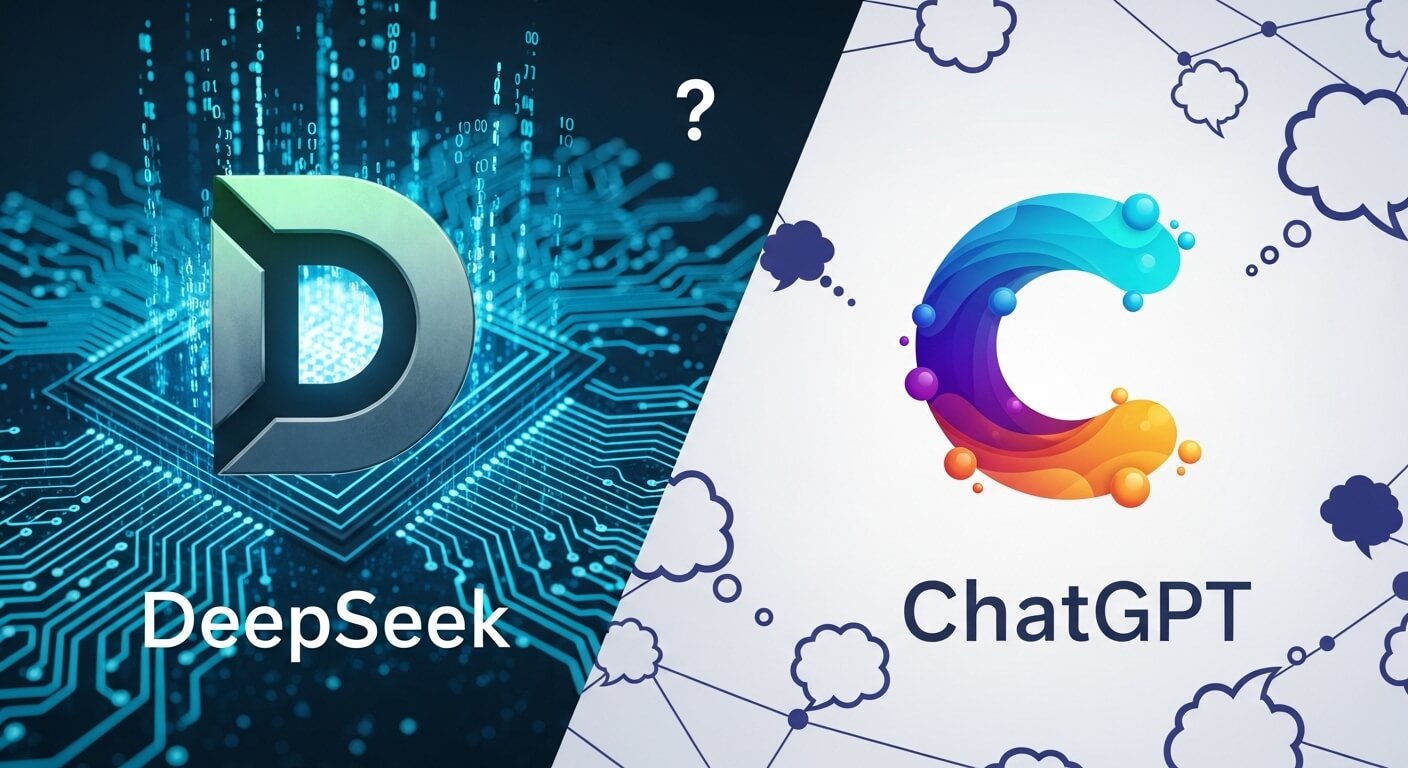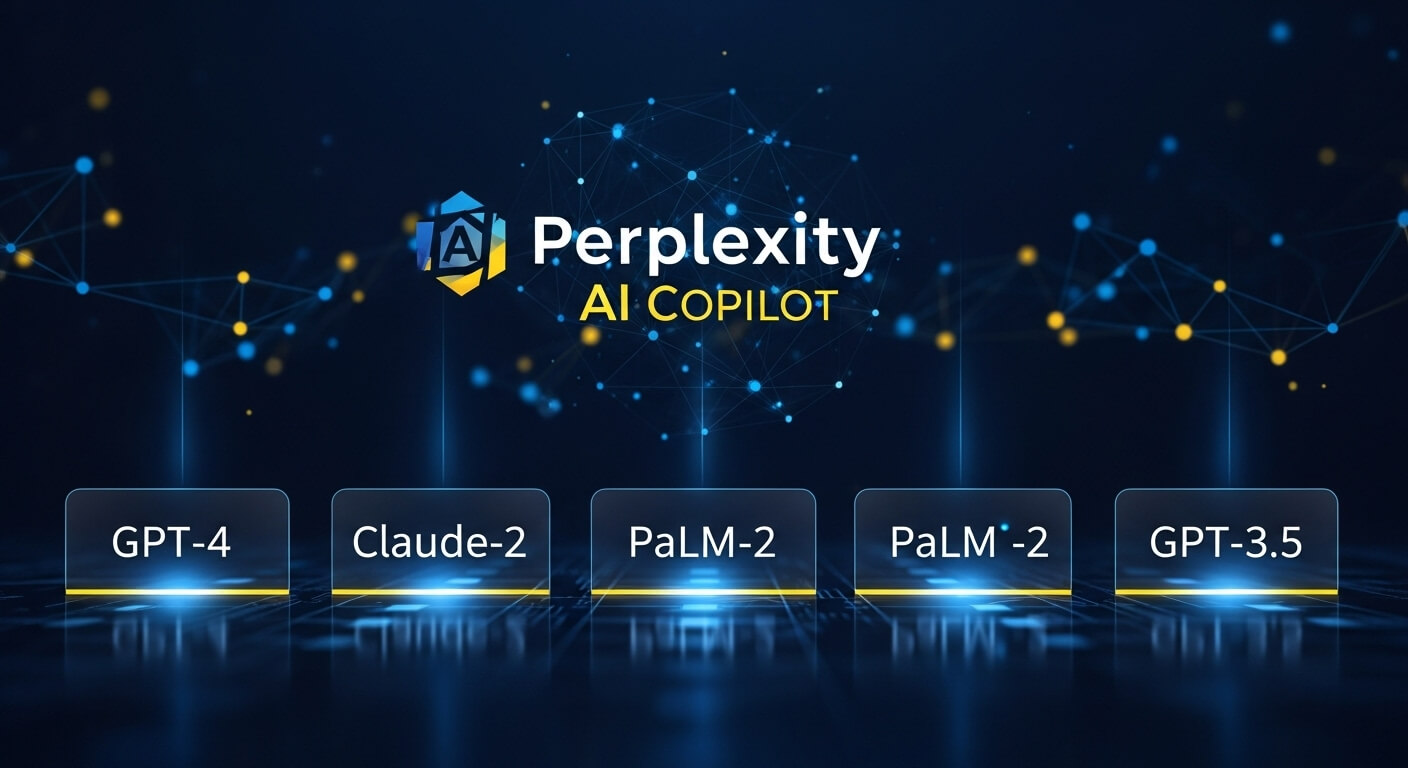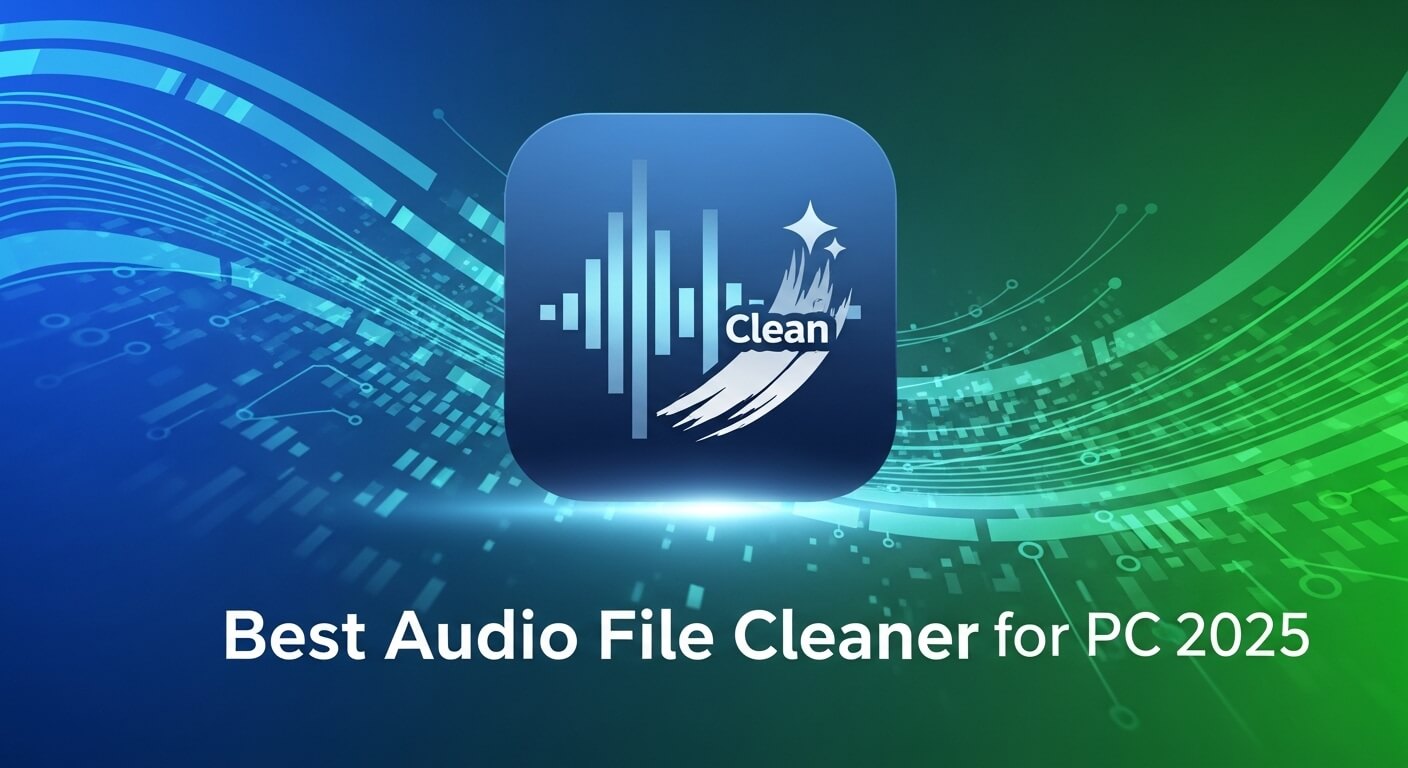In the ever-expanding world of artificial intelligence, two names frequently dominate discussions: DeepSeek and ChatGPT. As of August 2025, the question “Is DeepSeek better than ChatGPT?” echoes across forums, developer communities, and business circles. DeepSeek, the open-source powerhouse from China, has surged in popularity for its cost-efficiency and specialized strengths, while ChatGPT, OpenAI’s flagship, remains the go-to for versatile, user-friendly AI interactions. This in-depth article delves into their origins, architectures, features, performance, and real-world applications, drawing from benchmarks, user experiences, and expert analyses to help you decide which reigns supreme—or if the answer depends on your needs.
DeepSeek and ChatGPT represent contrasting philosophies in AI development. DeepSeek emphasizes open-source accessibility and efficiency, making it a favorite for coders and researchers on a budget. ChatGPT prioritizes polished, multimodal experiences, appealing to everyday users and enterprises. By examining their strengths and weaknesses, we’ll uncover whether DeepSeek’s disruptive approach truly outshines ChatGPT’s established ecosystem.
What Is DeepSeek? Origins and Evolution
DeepSeek AI, founded in 2023 by a team of researchers backed by High-Flyer Quant Fund, emerged from China’s vibrant AI scene with a mission to democratize advanced language models. The company’s name reflects its focus on “deep seeking” through data and reasoning, aiming to unravel AGI mysteries with curiosity and long-termism. DeepSeek’s journey began with DeepSeek-V1, but it gained global traction with DeepSeek-V2 in mid-2024, a 236-billion-parameter model trained on modest hardware yet rivaling top-tier Western AIs.
By 2025, DeepSeek has evolved rapidly. The release of DeepSeek-V3 in early 2025 introduced a hybrid inference structure with “Think” and “Non-Think” modes, enhancing reasoning speed and agent capabilities. DeepSeek-R1, launched shortly after, incorporated chain-of-thought reasoning for step-by-step problem-solving, making it ideal for complex queries. Unlike proprietary models, DeepSeek’s open-source nature—licensed under MIT—allows developers to fine-tune, run locally, or integrate freely, fostering a thriving community on platforms like Hugging Face.
DeepSeek’s development philosophy prioritizes efficiency. Trained on 8.1 trillion tokens using a Mixture-of-Experts (MoE) architecture, it activates only relevant “experts” for tasks, reducing computational demands. This approach enabled training costs of just $5.58 million for R1—far below Western counterparts. As of August 2025, DeepSeek boasts over 100 million users, with strong adoption in Asia and growing interest globally for its multilingual prowess, especially in English and Chinese.
What Is ChatGPT? The Benchmark of Conversational AI
ChatGPT, developed by OpenAI, revolutionized AI accessibility upon its 2022 launch. Starting as a simple chatbot based on GPT-3.5, it evolved into a multimodal powerhouse with GPT-4o by 2024, incorporating voice, image, and video capabilities. OpenAI’s mission—to advance AGI safely—drives ChatGPT’s iterative improvements, with over 400 million active users worldwide as of 2025.
ChatGPT’s evolution includes key milestones: GPT-4 in 2023 for enhanced reasoning, GPT-4o in 2024 for real-time interactions, and o1-series models in 2025 for advanced problem-solving. Unlike DeepSeek, ChatGPT operates on a transformer-based architecture reinforced with human feedback (RLHF), ensuring more natural, safe responses. It’s integrated into ecosystems like Microsoft Copilot and Apple Intelligence, expanding its reach.
In 2025, ChatGPT offers tiers: a free version with GPT-4o mini, Plus ($20/month) for expanded features like Sora video generation, and Pro ($200/month) for unlimited advanced modes. Its strength lies in versatility—handling everything from casual chats to enterprise workflows—backed by robust safety measures and continuous updates.
Technical Architecture: MoE vs. Transformers
At their core, both models process language through neural networks, but their architectures differ significantly.
DeepSeek employs a Mixture-of-Experts (MoE) system, where a “gating network” routes queries to specialized sub-networks. This efficiency allows DeepSeek-V3 (with 562 billion parameters) to outperform denser models while using less power. Benchmarks show DeepSeek-V2 scoring 81.1% on HumanEval (coding) and 90% on MATH, often edging out GPT-4o in technical tasks. However, MoE can lead to inconsistencies in creative outputs.
ChatGPT’s transformer architecture, enhanced by RLHF, excels in coherent, context-aware responses. GPT-4o achieves 88.7% on MMLU (general knowledge) and 76.4% on average benchmarks, surpassing DeepSeek in versatility. Yet, it’s computationally intensive, contributing to higher costs.
In head-to-head tests, DeepSeek processes tokens faster (up to 60/second) than GPT-4o’s 30-50, but ChatGPT handles multimodal inputs better. For instance, DeepSeek lacks native image generation, relying on text descriptions, while ChatGPT integrates DALL·E 3 seamlessly.
| Aspect | DeepSeek | ChatGPT |
|---|---|---|
| Architecture | MoE (e.g., V3: 562B params) | Transformer (GPT-4o: ~1.7T params) |
| Key Strength | Efficiency in specialized tasks | Versatile, human-like responses |
| Benchmark Example (HumanEval) | 81.1% (V2) | 76.4% (GPT-4o) |
Key Features and Capabilities
DeepSeek shines in coding and math. Its DeepSeek-Coder-V2 beats GPT-4o in programming benchmarks (75.3% average), generating frontend/backend code with database schemas in one prompt. For math, it achieves 90% accuracy on problems, ideal for STEM users.
ChatGPT counters with multimodal features: image analysis, voice mode, and Sora for videos. It excels in creative writing, producing polished narratives with emotional depth. In tests, ChatGPT’s sci-fi stories flow cinematically, while DeepSeek’s are logical but less evocative.
Both support web search, but ChatGPT’s “Deep Research” provides cited, real-time insights. DeepSeek’s “DeepThink (R1)” mode offers chain-of-thought reasoning, useful for logic puzzles, though slower.
In multilingual tasks, DeepSeek handles English/Chinese flawlessly, with robust support for 100+ languages. ChatGPT is strong globally but occasionally biases toward English.
Integration and Accessibility
DeepSeek’s open-source status enables local runs on high-end hardware (e.g., 8GB RAM minimum) or API integration at $0.14/million input tokens—96% cheaper than ChatGPT’s $2.50/million for GPT-4o. It’s free on web/mobile, with no limits, appealing to startups.
ChatGPT integrates via API into apps like Slack or custom GPTs, but requires subscriptions for full access. Its ecosystem includes plugins for tools like Adobe, enhancing productivity. However, free users face caps, unlike DeepSeek’s unrestricted model.
Real-World Applications and Use Cases
DeepSeek thrives in development: Coders use it for rapid prototyping, with users reporting it solves PHP/.NET issues better than ChatGPT. In education, it generates math explanations with step-by-step reasoning. Businesses leverage its low-cost API for analytics, processing datasets efficiently.
ChatGPT dominates content creation: Marketers craft ads, educators build lessons, and creators brainstorm. Its voice mode aids accessibility, while enterprises use Teams for collaborative workflows. Case studies show ChatGPT outperforming in customer service bots due to natural tone.
For hybrid users, DeepSeek handles technical backends, ChatGPT polishes front-facing content. A small business might visualize campaigns with ChatGPT while iterating code via DeepSeek.
Limitations and Ethical Considerations
DeepSeek’s China-based servers raise privacy flags, with censorship on sensitive topics (e.g., deleting responses about government). Hallucinations persist in niche areas, and no multimodal support limits creativity. Ethical concerns include potential biases from training data.
ChatGPT mitigates hallucinations via RLHF but faces accuracy issues in complex math (83% vs. DeepSeek’s 90%). Privacy policies comply with GDPR, but data usage for training (opt-out available) sparks debates. Costs deter casual users, and over-reliance risks creativity stifling.
Both amplify misinformation; DeepSeek’s open-source nature allows uncensored forks, while ChatGPT’s filters promote safety.
User Reviews and Community Feedback
From X (formerly Twitter), users praise DeepSeek for coding: “DeepSeek codes better than any of them [ChatGPT/Gemini]” (@tee_taryo). Others note it’s “magnitudes better than ChatGPT” (@WremnX) for specific tasks. However, some criticize censorship: “Who gets you to promote this odd viewpoint? GPT is better” (@J_A_Rosenberg).
Web reviews echo this: On G2, ChatGPT scores 8.8/10 for creativity, while DeepSeek users highlight efficiency but note steeper curves. Reddit threads call DeepSeek “90% of ChatGPT for 10% cost,” but favor ChatGPT for polish.
Community forums like Hugging Face buzz with DeepSeek customizations, contrasting ChatGPT’s enterprise focus.
Comparisons with Other AI Models
DeepSeek vs. competitors: It edges Claude 3.5 Sonnet in cost-effectiveness for coding but trails Gemini in search integration. ChatGPT leads in MMLU but lags DeepSeek in MATH.
| Model | Coding (HumanEval) | Math (MATH) | Cost (API/1M tokens) | Open-Source |
|---|---|---|---|---|
| DeepSeek | 81.1% | 90% | $0.14 | Yes |
| ChatGPT (GPT-4o) | 76.4% | 83% | $2.50 | No |
| Claude 3.5 | 75% | 85% | $3.00 | No |
DeepSeek’s balance suits budget-conscious devs; ChatGPT’s for versatile pros.
Future Prospects and Updates in 2025
DeepSeek plans V3.1 enhancements for agent skills, potentially rivaling AGI previews. With China’s AI push, expect multilingual expansions.
ChatGPT eyes GPT-5 integration, promising multimodal leaps. OpenAI’s safety focus may introduce ethical upgrades.
As AI democratizes, hybrids could emerge—DeepSeek for core tech, ChatGPT for interfaces.
Frequently Asked Questions About DeepSeek vs. ChatGPT
1.Is DeepSeek better than ChatGPT?
It depends: DeepSeek excels in coding/math and cost, but ChatGPT wins in versatility and user-friendliness.
2.What is DeepSeek AI?
An open-source LLM from China, specializing in reasoning and efficiency.
3.How does DeepSeek compare to ChatGPT in coding?
DeepSeek often outperforms, scoring higher on benchmarks like HumanEval.
4.Is DeepSeek free?
Yes, fully free for web use; API is ultra-cheap.
5.What are DeepSeek’s limitations?
Censorship, no multimodal features, potential privacy issues.
6.Can DeepSeek generate images or videos?
No, unlike ChatGPT with DALL·E and Sora.
7.How much does ChatGPT cost?
Free tier limited; Plus $20/month for advanced features.
8.Is DeepSeek safe for sensitive data?
Caution advised due to Chinese servers; ChatGPT offers better compliance.
9.Which is faster, DeepSeek or ChatGPT?
DeepSeek processes tokens quicker in many tests.
10.Can I run DeepSeek locally?
Yes, it’s open-source; ChatGPT is cloud-only.
11.How does DeepSeek handle multilingual tasks?
Excellently, especially English/Chinese; comparable to ChatGPT.
12.What’s next for DeepSeek in 2025?
Enhanced reasoning and agent capabilities.
13.Is ChatGPT better for creative writing?
Yes, with more polished, emotional outputs.
14.How do benchmarks compare DeepSeek and ChatGPT?
DeepSeek leads in math/coding; ChatGPT in general knowledge.
15.Can DeepSeek be used commercially?
Yes, MIT license allows free modifications.
Conclusion
Determining if DeepSeek is better than ChatGPT boils down to context. DeepSeek’s open-source efficiency, superior coding/math prowess, and negligible costs make it a disruptor, ideal for developers, researchers, and budget users. However, ChatGPT’s multimodal versatility, user-centric design, and robust ecosystem ensure it remains the all-rounder for creative, enterprise, and casual applications. In 2025, neither is universally superior—consider hybrids for optimal results. As AI evolves, tools like these promise boundless innovation, but ethical use remains key. Whether you choose DeepSeek’s precision or ChatGPT’s polish, both elevate what’s possible with AI.

The editor of All-AI.Tools is a professional technology writer specializing in artificial intelligence and chatbot tools. With a strong focus on delivering clear, accurate, and up-to-date content, they provide readers with in-depth guides, expert insights, and practical information on the latest AI innovations. Committed to fostering understanding of fun AI tools and their real-world applications, the editor ensures that All-AI.Tools remains a reliable and authoritative resource for professionals, developers, and AI enthusiasts.



